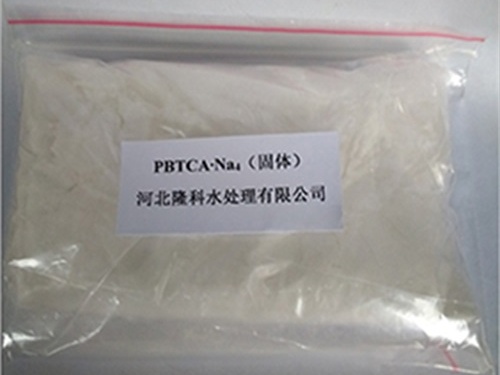hedp water treatment
The Role of HEDP in Water Treatment
Water is an essential resource that sustains life, yet it can often be plagued by various impurities and contaminants. One innovative solution in the field of water treatment is the use of 1-hydroxyethylidene-1,1-diphosphonic acid (HEDP), a chemical compound that has gained considerable attention for its effectiveness in addressing water quality challenges.
Understanding HEDP
HEDP is a phosphonic acid derivative known for its strong chelating properties. It effectively binds to metal ions, preventing them from precipitating and forming scale deposits. This characteristic makes HEDP particularly useful in water treatment systems, where scale formation can lead to operational inefficiencies and costly maintenance. HEDP is widely used in various industries, including municipal water systems, cooling water systems, and industrial water treatment processes.
Mechanism of Action
HEDP operates primarily as a scale inhibitor and dispersant. Its molecular structure allows it to interact with calcium and magnesium ions, which are commonly responsible for scale formation in water systems. When HEDP is introduced into the water, it forms stable complexes with these metal ions, reducing their availability to form insoluble precipitates. This chelation not only prevents scale buildup but also enhances the overall efficiency of the water treatment process.
In addition to its role as a scale inhibitor, HEDP also functions effectively as a corrosion inhibitor. Many water systems are susceptible to corrosion, which can lead to significant infrastructure damage over time. By stabilizing metal ions in the water, HEDP minimizes the corrosive effects and prolongs the lifespan of pipelines, boilers, and other equipment.
Applications in Water Treatment
hedp water treatment

HEDP is particularly beneficial in the following areas of water treatment
1. Cooling Water Systems In industrial facilities, cooling towers are essential for temperature regulation. However, they are prone to scale and corrosion due to high temperatures and water evaporation. HEDP helps maintain the efficiency of cooling systems by preventing scale formation, thus promoting better heat exchange and reducing energy consumption.
2. Municipal Water Systems Public water supply systems often face challenges related to scale and corrosion that can compromise water quality. HEDP is commonly used to treat municipal water to ensure that it remains safe and palatable for consumption.
3. Industrial Water Treatment In sectors such as power generation and oil & gas, HEDP plays a crucial role in managing water quality. Its ability to inhibit scale and corrosion improves system reliability and reduces the need for frequent maintenance, resulting in cost savings.
Environmental Considerations
One of the advantages of using HEDP in water treatment is its relatively low environmental impact compared to traditional phosphates. While phosphates can contribute to eutrophication in aquatic ecosystems, HEDP is considered more environmentally friendly as it does not promote excessive algae growth. This characteristic makes it a preferable option for industries aiming to minimize their ecological footprint.
Conclusion
In summary, HEDP is a valuable agent in the realm of water treatment, offering effective solutions for scale and corrosion management. Its versatility across various industrial applications emphasizes its importance in sustaining water quality and promoting efficiency. As the demand for clean and safe water continues to rise, the adoption of innovative treatments like HEDP will play a pivotal role in ensuring that water resources remain viable for future generations. Considered both effective and environmentally friendly, HEDP represents a significant advancement in water treatment technologies, paving the way for improved water management practices.
-
2 Phosphonobutane 1,2,4 Tricarboxylic Acid (PBTCA): Superior Scale & Corrosion InhibitorNewsAug.31,2025
-
Dodecyldimethylbenzylammonium Chloride: High-Purity DisinfectantNewsAug.30,2025
-
2-Phosphonobutane-1,2,4-Tricarboxylic Acid: Scale & CorrosionNewsAug.29,2025
-
Premium Isothiazolinones | Broad-Spectrum Biocidal SolutionsNewsAug.28,2025
-
LK-319 Special Scale And Corrosion Inhibitor For Steel Plants: Advanced Solutions for Industrial Water SystemsNewsAug.22,2025
-
Flocculant Water Treatment: Essential Chemical Solutions for Purification ProcessesNewsAug.22,2025





